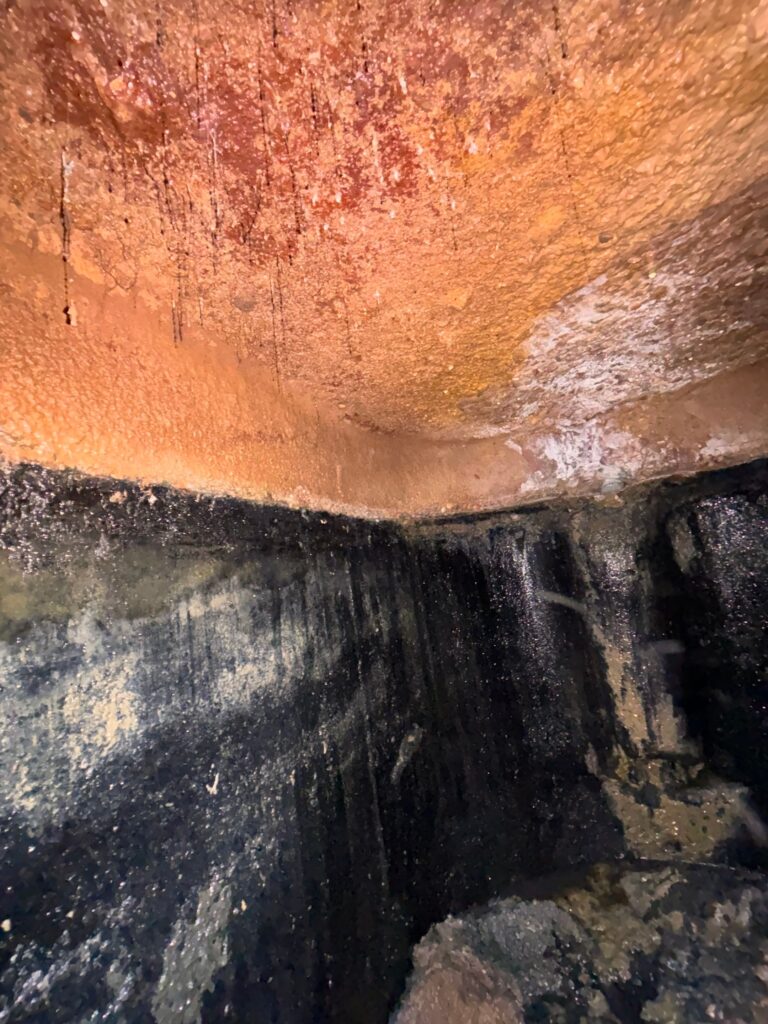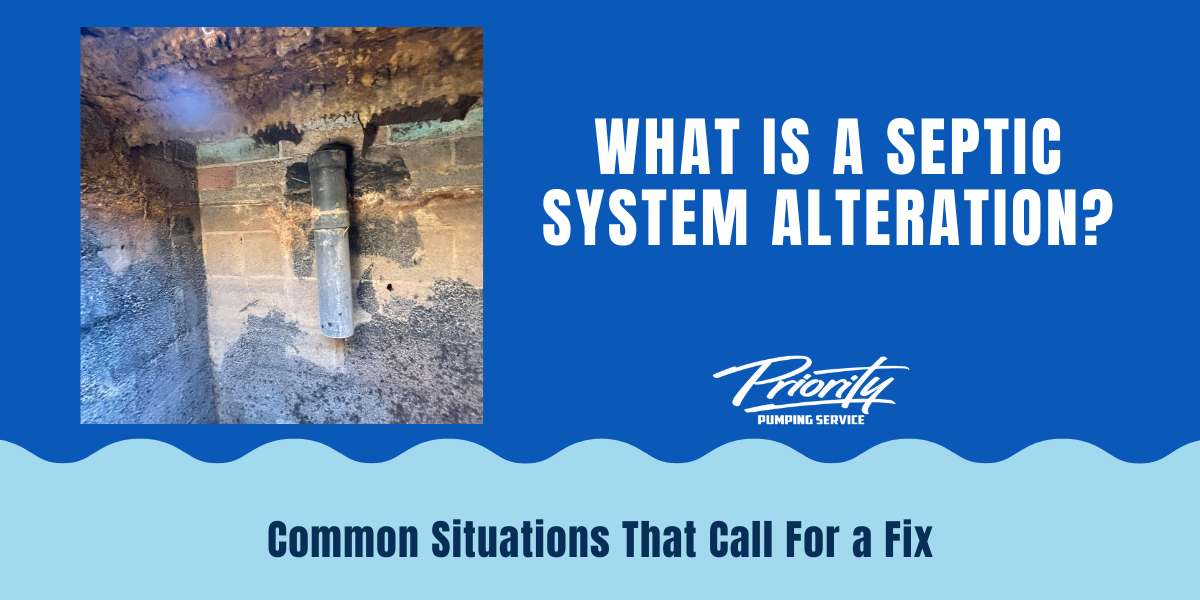A septic system alteration means replacing or adjusting one of the system’s two main parts: the septic tank or the disposal field. When either component fails but the other still works, only the failed part needs replacement. This targeted approach restores function without a full system overhaul, saving homeowners time and money.
When Do You Need a Septic System Alteration?
A septic system alteration becomes necessary if the septic tank or disposal field fails while the other part still works. For instance, a septic tank that deteriorates, cracks, or is beyond repair may need replacing. A well-performing disposal field can remain intact. If the disposal field becomes over-saturated or structurally compromised, a professional can replace that field while leaving the septic tank as-is.
Before making any alterations, you need specific permits to ensure the system meets code requirements and your property’s needs. If the home’s structure hasn’t changed, replacing the tank with one of the same size and function often qualifies for an alteration permit. However, if you have expanded the home or added bedrooms, the septic tank size must meet the new demands for efficiency.


Navigating Permits and Inspections
Permitting requirements for a septic system alteration depends on existing records. If there’s a record of the initial percolation test—which assesses how quickly the soil absorbs wastewater—replacing the disposal field can often be more straightforward. The test provides an SAR (Soil Absorption Rate) number, which allows professionals to accurately size the new field.
If the system is older and lacks a valid percolation test, we may need to conduct a new test. This test will confirm whether the soil can handle the system’s needs. Each septic system alteration is unique. At Priority Pumping, we carefully research your original permit to create an accurate and efficient plan. Our goal is to ensure your system is fully compliant and functions as efficiently as possible.





